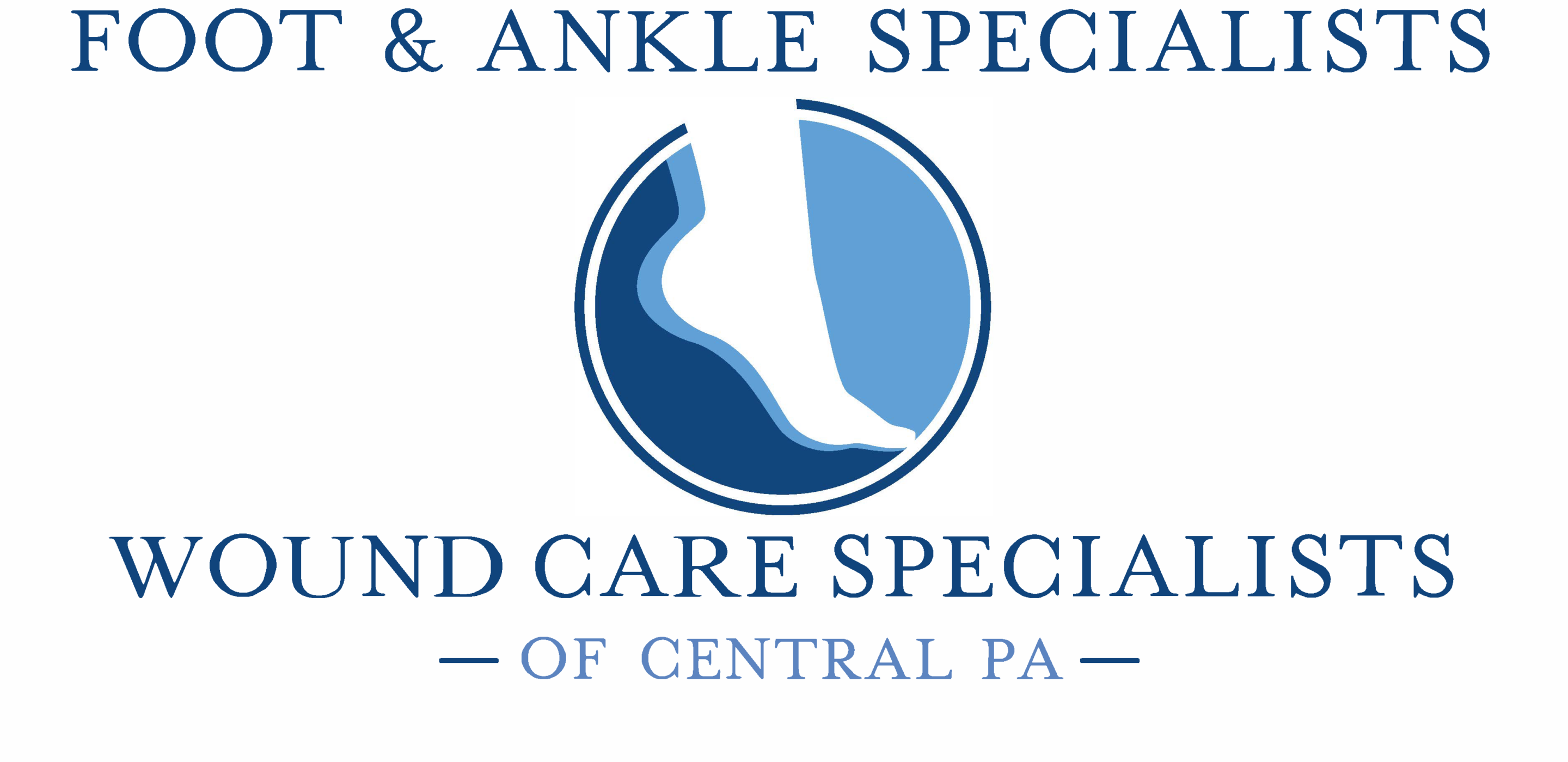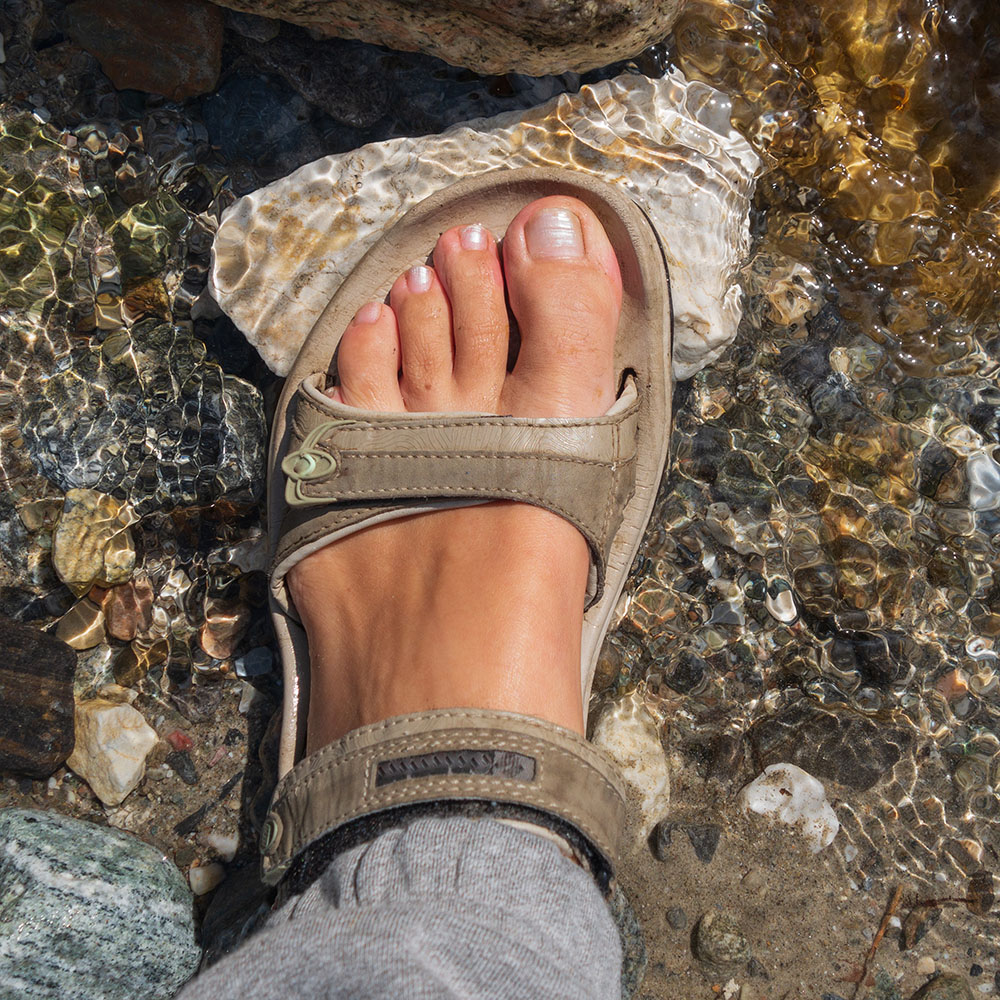Hammertoes
Hammertoes can have a variety of origins, but one of the most common culprits is poor-fitting shoes. This painful condition is also caused by physical damage to the muscles, nerves, or joints of the foot which is why it’s a great idea to have the Foot and Ankle Specialists of Central PA check out any abnormality as soon as it develops.
What Is A Hammertoe?
The Mayo Clinic defines a hammertoe as a “foot deformity that occurs due to an imbalance in the muscles, tendons or ligaments that normally hold the toe straight.” The word “hammertoe” is used when referring to the middle joint of the toe, and the phrase, “mallet toe,” is used when the problem area is in the joint closest to the nail bed. Both conditions usually appear in the second, third, and fourth toes.
How Do I Know I Have Hammertoe?
Hammertoe and mallet toe are usually quite recognizable by the abnormal bend in the corresponding toe. As the condition progresses, you might also experience painful corns and calluses from excessive rubbing against shoe surfaces.
Who Is At Risk?
- Due to the constant stress from wearing high-heeled and pointed-toe shoes, women develop hammertoe more frequently than men.
- Individuals who have a second toe that is longer than the big toe are more likely to have a hammertoe.
- Hammertoes are seen more frequently in the elderly and in those with chronic diabetes and arthritis.
- Bunions may lead to an increased incidence of hammertoe.
What Causes Hammertoe?
A hammertoe occurs due to a muscle and ligament imbalance in the toe joints in which the middle toe joint becomes stuck in a bent position. The irregular position often causes rubbing and irritation on the top of the affected toe. Let the specialists at Foot and Ankle Specialists of Central PA help you understand what causes hammertoe and how it can be treated.
Symptoms Of Hammertoe
Here are some of the common symptoms of hammertoe:
- Hammer- or claw-shaped toe
- Pain when walking or moving your foot
- Difficulty moving your toe
- Corns on top of the bent toe
- Calluses on the sole of your foot
In the initial stages, you can still manually straighten the toe, meaning you have a flexible hammertoe. Over time, if left untreated, the toe becomes harder to move and will become stuck in the bent position.
The main cause of hammertoe is unhealthy footwear, such as heels or shoes that are too small. Shoes that prevent the toes from lying flat are the biggest cause of hammertoes. Other factors include:
- Genetic predisposition
- Injury or trauma resulting in a broken or jammed toe
- Diseases that affect the impacting nerves and muscles, including arthritis
- Nerve or muscle damage
- Foot injury
Your doctor at Foot and Ankle Specialists of Central PA will help you understand how to prevent further damage.
What Treatment Options Are Available?
Treatment options for hammertoe can be as simple as changing your footwear to requiring a surgical solution. Many individuals do fine after switching to roomier, less stressful shoes, and orthotic inserts can help reduce symptoms.
There are several exercises that stretch and strengthen the various muscles of the foot including the toes, and daily application of ice may also help with pain relief. If necessary, our doctors can prescribe oral nonsteroidal anti-inflammatory drugs (NSAIDs) to help reduce pain and inflammation.
In severe cases, especially if your hammertoe is interfering with normal daily activities, our doctors can discuss surgical solutions to your problem. Our doctors use the most advanced surgical techniques including toe implants which correct the deformity, prevent recurrence, and do not require the use of pins that have to be removed.
Schedule A Consultation Today
Our team of podiatry professionals can get you back on your feet again, quickly and with less pain. With an in-house examination and x-rays if necessary, we can evaluate the severity of your condition and work with you to create a practical treatment plan. Call us today at 717-620-8225 or submit an online appointment request.


